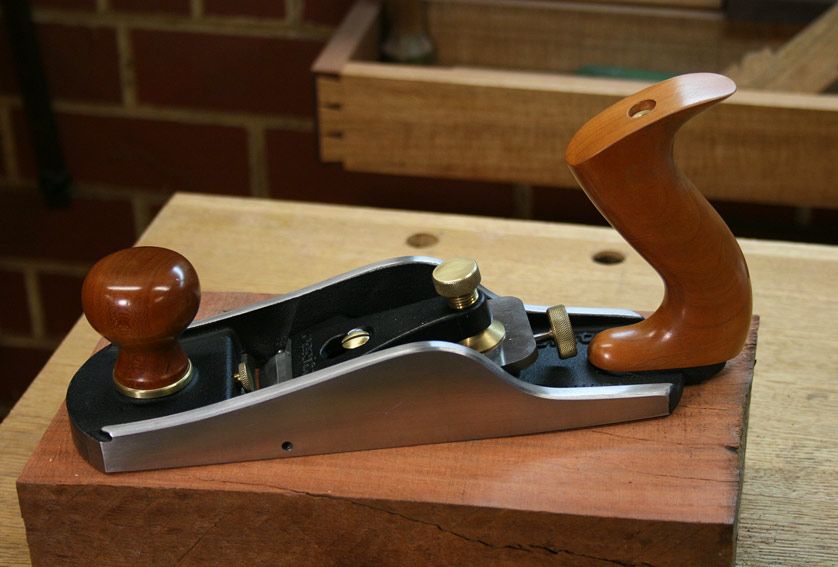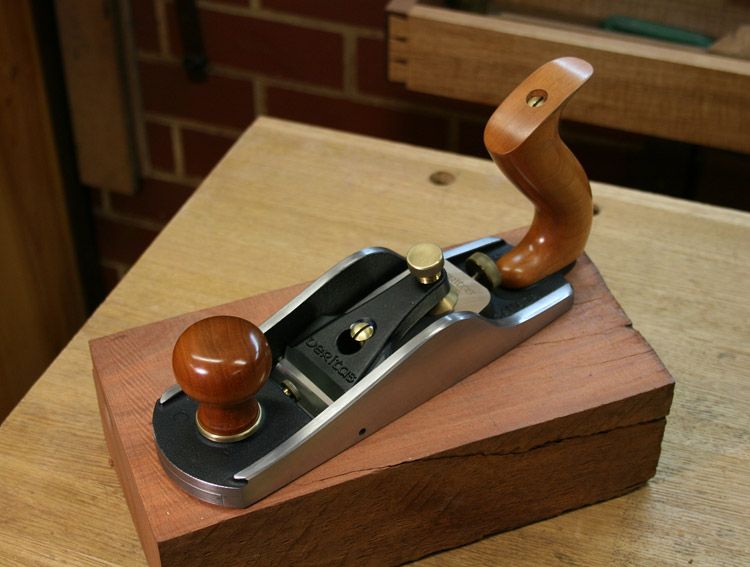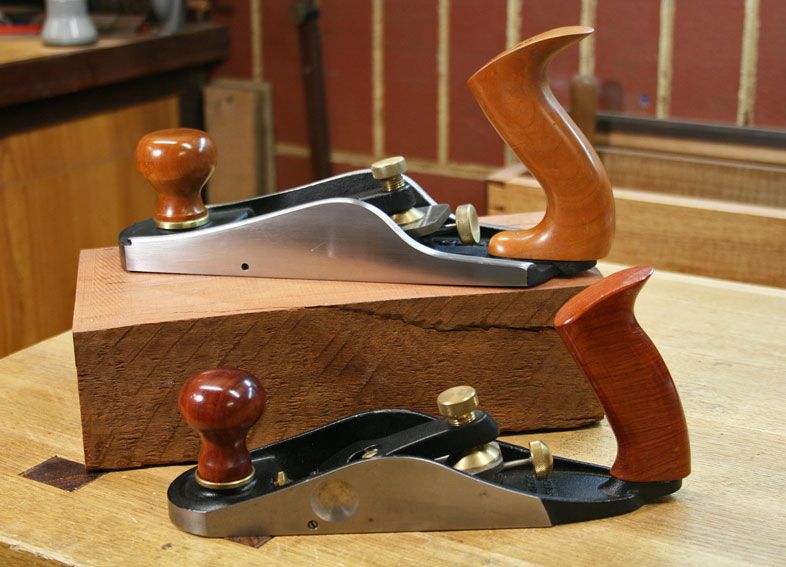Derek, as always great job.
Did I miss it or did you not demonstrate a high angle frog cut? Anyone have thoughts on the high angle frog with the chip breaker set close to the blade edge? I ask because I have two premium planes with high angle frogs 5 1/2 and 4 that honestly I am not using since Kees' postings on the breaker settings. I have tried a number of premium blades, and improved chip breakers on my tuned Stanleys and honestly the combination that excels the most is the standard Stanley chipmaker (thanks to David's suggestion ) with the lv pm-v11 blade.
My older sons (both materials engineers - one of them a metallurgist) both believe my hobby had become more of seeking how sharp I can get various new and vintage tools. Lately I have begun to actually USE my tools and wonder if there is a place for the HAF and especially the 5-1/2. My old Stanley 7 with standard breaker and pm-v11 blade sings. I also have a 3, 4, and 5 all with pm-v11 blades. Is there any need for the 5-1/2? I also have the lv shooter if I ever get around to making a shooting board for it.
Last edited by allen long; 09-28-2014 at 2:11 PM.
No, the sky is not falling - just chunks of it are.






 Reply With Quote
Reply With Quote










